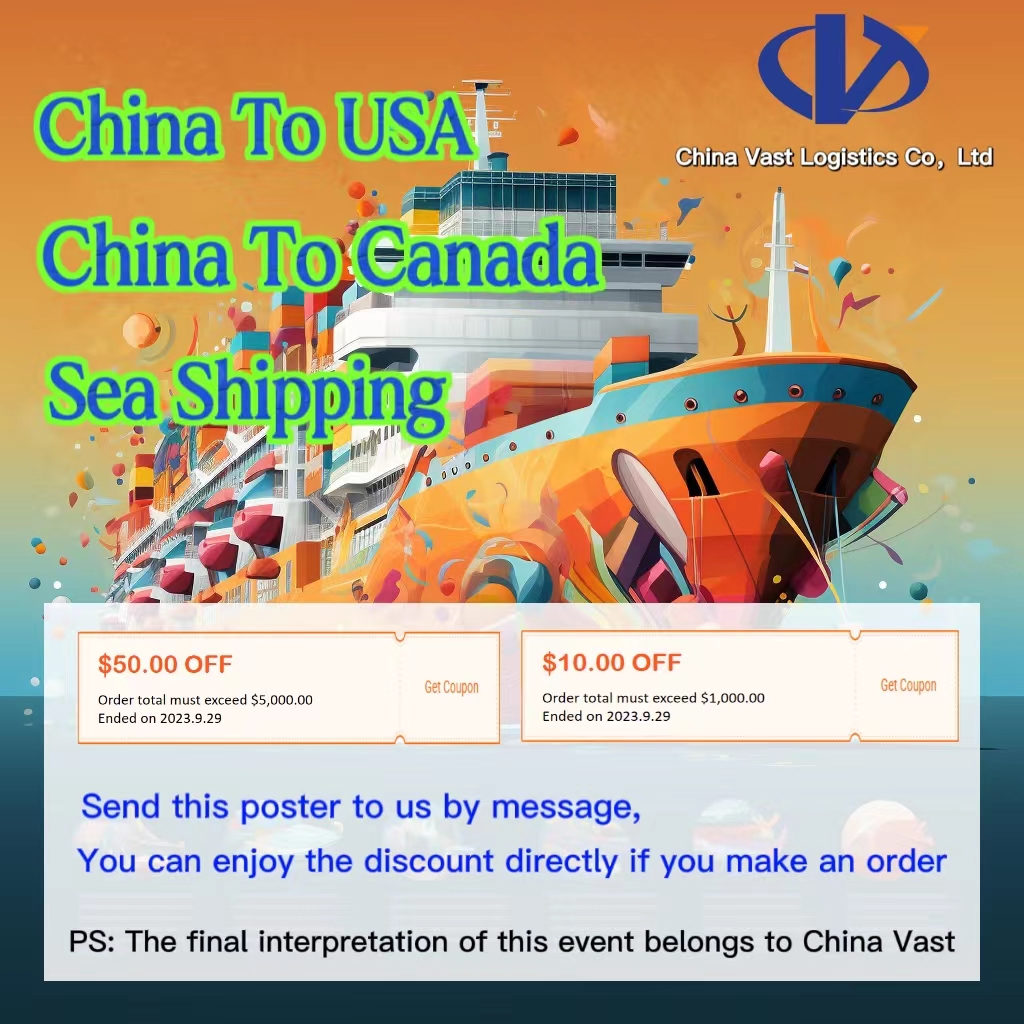Understanding Volumetric and Heavy Cargo: A Must-Know for International Trade Beginners
Many newcomers to international trade often hear the terms “volumetric cargo” and “heavy cargo.” However, their definitions can be confusing, and some less-reputable logistics providers might take advantage of this ambiguity to inflate freight quotes.
In simple terms, whether your cargo is classified as volumetric or heavy depends on a comparison between the actual weight and the volumetric weight, which is calculated based on the outer packaging dimensions.
▍Core Concepts
1. Heavy Cargo (Deadweight Cargo)
Definition: Cargo with a high mass-to-volume ratio, i.e., physically dense.
Identification Criteria:
Sea Freight: Cargo density > 1 ton per cubic meter (1t/m³)
Air Freight: Volumetric weight < Actual weight
Volumetric Weight Formula (air freight):
Length × Width × Height (cm) ÷ 6000
Typical Products: Metal goods, machinery, construction materials, etc.
2. Volumetric Cargo (Measurement Cargo)
Definition: Lightweight cargo where the volumetric weight exceeds the actual weight.
International Criteria:
Stowage Factor > 1.1328 m³/ton (equivalent to 40 ft³/ton)
Sea Freight: Cargo density < 1t/m³
Air Freight: (Length × Width × Height) ÷ 6000 > Actual weight
Typical Products: Textiles, plastic products, foam materials, etc.
▍How Freight Charges Differ
Heavy Cargo: Charged based on actual weight
Volumetric Cargo: Charged based on volumetric (dimensional) weight
Mixed Cargo: Carrier will charge based on whichever is greater
Understanding this classification is essential, as it directly affects your freight cost. Efficient packaging can significantly reduce first-leg logistics expenses.
▍Packaging Optimization Tips
To reduce overcharges and optimize shipping costs, consider the following practices:
✅ Optimize Packaging: Avoid unnecessary volume and dead space
✅ Combine Volumetric and Heavy Goods: Improve overall density
✅ Confirm with Carrier: Stay updated with the latest dimensional weight formulas or ratios
✅ Utilize Programs like Amazon SIPP: Take advantage of pre-approved packaging incentive programs
▍Conclusion
Being aware of the differences between volumetric and heavy cargo, and planning your shipments accordingly, can prevent unnecessary costs and ensure smooth logistics operations. It’s not just about what you ship—but how you package it.

